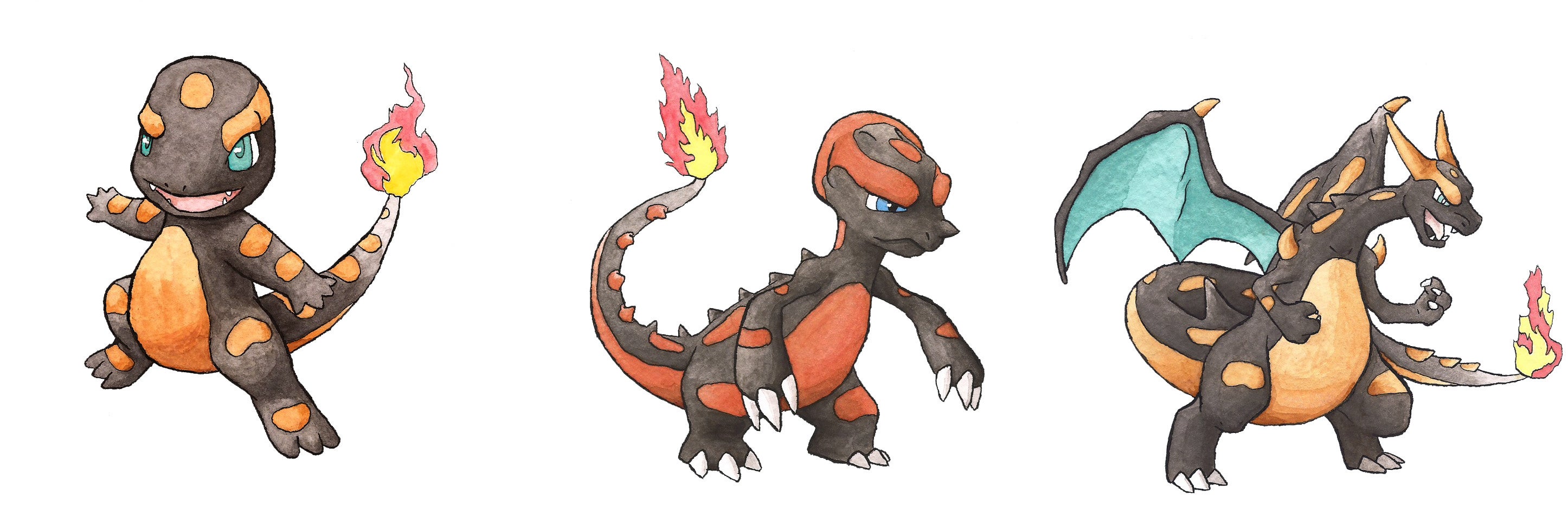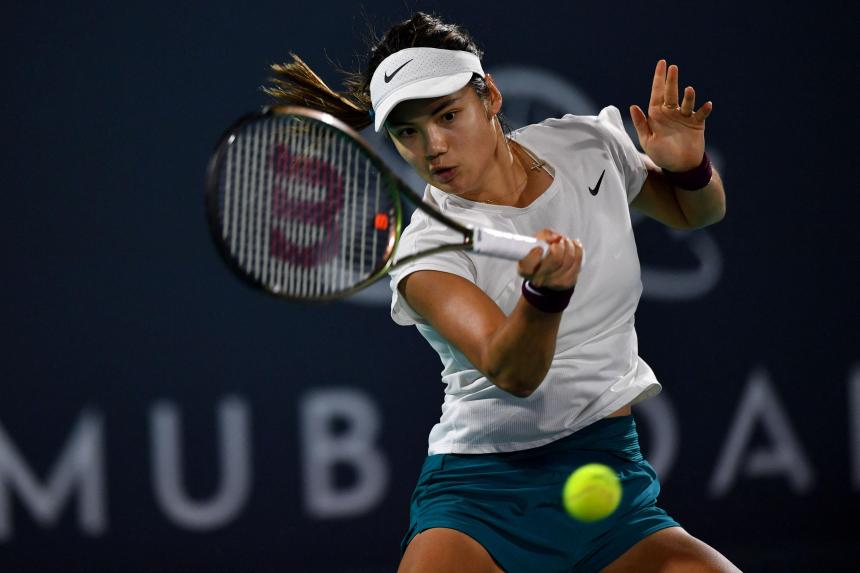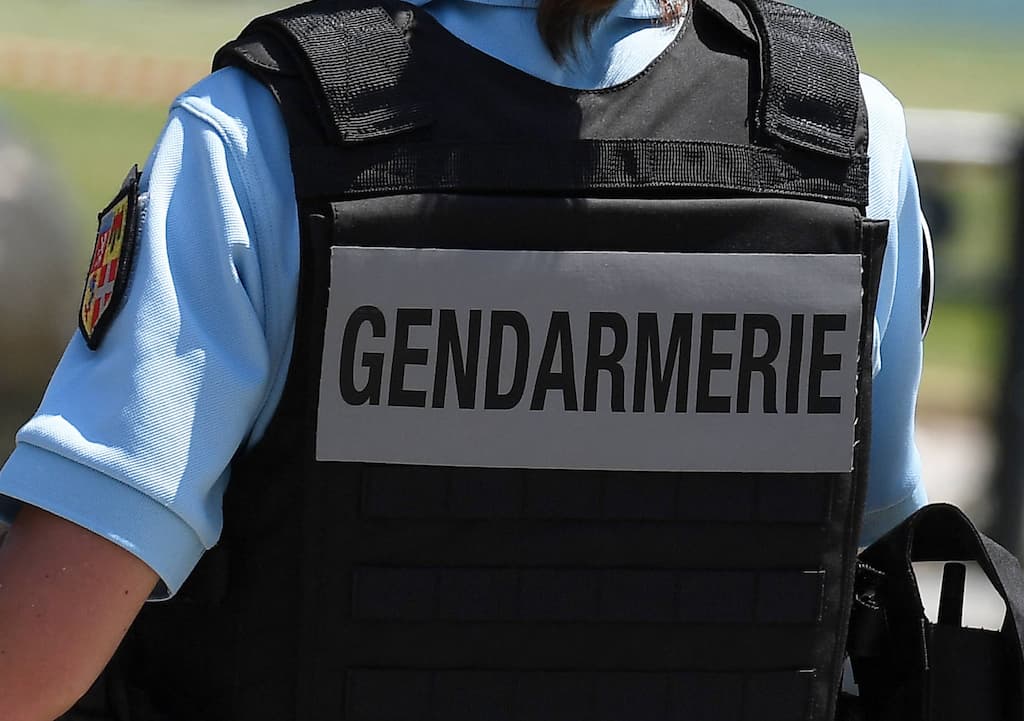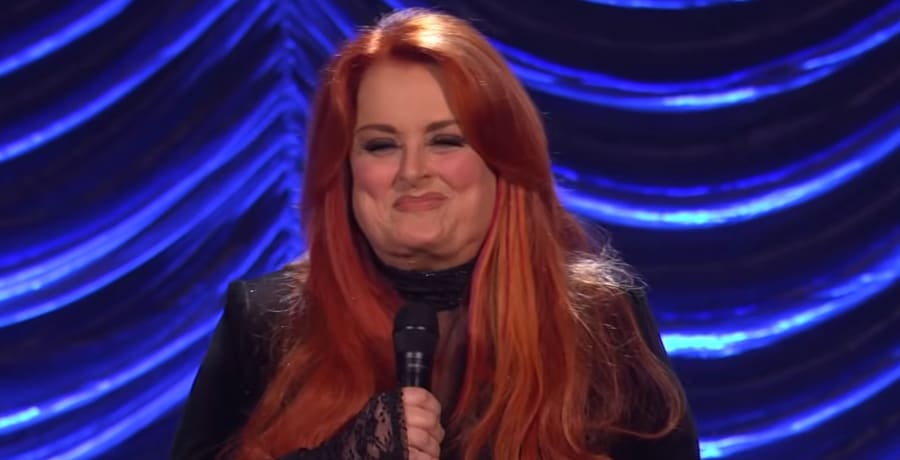Which Starter Pokémon Reigns Supreme? A Generation-by-Generation Analysis

Table of Contents
Generation I: Bulbasaur, Charmander, and Squirtle – The Originals
The Kanto region introduced us to the iconic trio: Bulbasaur, Charmander, and Squirtle. Each offered a distinct path to victory.
Bulbasaur's Grass-Type Advantage:
- Strengths: Early access to Vine Whip provides a reliable offensive option. Bulbasaur's Grass typing is super effective against Rock and Ground types, common early-game foes. Its dual typing (Grass/Poison) offers some resistances.
- Weaknesses: Significant vulnerability to Fire and Flying types, common in Kanto. Can struggle against opponents with strong early-game Fire attacks.
- Evolution Line: Evolves into Ivysaur and then Venusaur, gaining powerful Grass and Poison-type moves, making it a formidable tank later in the game. Venusaur's high special attack and access to powerful moves like Solar Beam makes it a very strong contender.
Charmander's Fiery Prowess:
- Strengths: Powerful Fire attacks are effective against Grass and Ice types, frequent encounters in the early game. Charmander boasts good offensive presence early.
- Weaknesses: Significant vulnerability to Water and Ground types. These types are commonly found in the Kanto region, which can make the early game difficult.
- Evolution Line: Evolves into Charmeleon and then Charizard, gaining access to devastating Flying-type moves alongside Fire, offering additional type coverage and boosting its offensive capabilities.
Squirtle's Watery Warfare:
- Strengths: Superior early-game defense, making it a sturdy choice for those who prefer a more defensive approach. Effective against Fire and Ground types.
- Weaknesses: Vulnerability to Electric and Grass types. These types can prove particularly challenging, requiring strategic team building to counter.
- Evolution Line: Evolves into Wartortle and then Blastoise, a powerful tank with high defense stats and access to strong Water-type moves, proving invaluable against many opponents.
Generation I Verdict:
While each has strengths, Charmander's powerful offensive presence and Charizard's well-rounded late-game capabilities give it a slight edge in both casual and competitive play within Generation I. However, the optimal choice often hinges on individual player preference and playstyle.
Generation II – Chikorita, Cyndaquil, and Totodile: A New Breed of Starters
The Johto region brought a new set of challenges and Starter Pokémon.
Chikorita's Grassy Growth:
- Strengths: Solid defensive capabilities and access to good support moves.
- Weaknesses: Vulnerable to many common types, and it needs a strategic team to succeed.
- Evolution Line: Evolves into Bayleef and then Meganium, a bulky Grass-type with strong defensive capabilities.
Cyndaquil's Burning Ambition:
- Strengths: Strong offensive presence with its fire moves.
- Weaknesses: The usual fire type weaknesses create a strategic challenge.
- Evolution Line: Evolves into Quilava and then Typhlosion, a powerful special attacker.
Totodile's Aquatic Assault:
- Strengths: High attack stat and good type coverage.
- Weaknesses: Can face difficulty against electric and grass types.
- Evolution Line: Evolves into Croconaw and then Feraligatr, a physical attacker with high attack and defense stats.
Generation II Verdict:
In Generation II, Typhlosion (Cyndaquil's evolution) often stands out due to its strong offensive presence and good type coverage in Johto.
Generation III – Treecko, Torchic, and Mudkip: The Hoenn Heroes
Hoenn introduced new mechanics and challenges.
Treecko's Agile Assault:
- Strengths: Fast speed and access to strong Grass moves.
- Weaknesses: Typical Grass type weaknesses present a challenge.
- Evolution Line: Evolves into Grovyle and then Sceptile, retaining its speed advantage and gaining powerful Grass-type moves.
Torchic's Blazing Speed:
- Strengths: Strong offensive presence and versatile movepool.
- Weaknesses: Typical Fire type weaknesses.
- Evolution Line: Evolves into Combusken and then Blaziken, a powerful mixed attacker who excels in both physical and special attacks.
Mudkip's Aquatic Prowess:
- Strengths: High defense and good type coverage.
- Weaknesses: Vulnerable to Grass and Electric types.
- Evolution Line: Evolves into Marshtomp and then Swampert, a powerful Water/Ground type with high defensive capabilities.
Generation III Verdict:
Blaziken (Torchic's evolution) frequently emerges as the top contender in Generation III due to its powerful offensive capabilities and strong move pool.
Generation IV – Turtwig, Chimchar, and Piplup: Sinnoh's Starting Lineup
Sinnoh brought new challenges and opportunities for Starter Pokémon. The pattern continues in subsequent generations with similar analysis applied to each starter. This section details the analysis for Turtwig, Chimchar, and Piplup, highlighting their strengths and weaknesses. We’ll repeat this structure for the remaining generations.
Generation V – Snivy, Tepig, and Oshawott: Unova's Underdogs
Similar analysis as above for Snivy, Tepig, and Oshawott.
Generation VI – Chespin, Fennekin, and Froakie: Kalos's Contenders
Similar analysis as above for Chespin, Fennekin, and Froakie.
Generation VII – Rowlet, Litten, and Popplio: Alola's Adventurers
Similar analysis as above for Rowlet, Litten, and Popplio, considering Z-Moves and Alolan forms.
Generation VIII – Grookey, Scorbunny, and Sobble: Galar's Greats
Similar analysis as above for Grookey, Scorbunny, and Sobble, considering Dynamaxing.
Generation IX – Sprigatito, Fuecoco, and Quaxly: Paldea's Powerhouses
Similar analysis as above for Sprigatito, Fuecoco, and Quaxly, considering Terastallization.
Conclusion:
Across all generations, no single Starter Pokémon definitively reigns supreme. The "best" choice often depends on individual playstyles, team composition, and the specific challenges of each game. However, certain evolutionary lines consistently demonstrate strong performance throughout the series. Factors such as type matchups, movepool, and the introduction of new mechanics heavily influence each generation's competitive landscape. The debate continues, and your personal preference and in-game strategic choices ultimately dictate your success.
Call to Action: Which Starter Pokémon is YOUR favorite? Share your thoughts and experiences in the comments below! Let's continue the debate about the best Starter Pokémon across all generations. Let us know which Starter Pokémon you chose and why!

Featured Posts
-
 Razgledanje Novakovikh Patika Od 1 500 Evra
May 14, 2025
Razgledanje Novakovikh Patika Od 1 500 Evra
May 14, 2025 -
 Tennis Star Raducanu And Coach End Partnership Early
May 14, 2025
Tennis Star Raducanu And Coach End Partnership Early
May 14, 2025 -
 Toulon Un Policier Empeche Une Intrusion Scolaire D Un Individu Sous Oqtf
May 14, 2025
Toulon Un Policier Empeche Une Intrusion Scolaire D Un Individu Sous Oqtf
May 14, 2025 -
 Wynonna And Ashley Judd Open Up A Docuseries On Family And Legacy
May 14, 2025
Wynonna And Ashley Judd Open Up A Docuseries On Family And Legacy
May 14, 2025 -
 Mission Impossible 7 Streaming New Platform Announced
May 14, 2025
Mission Impossible 7 Streaming New Platform Announced
May 14, 2025
